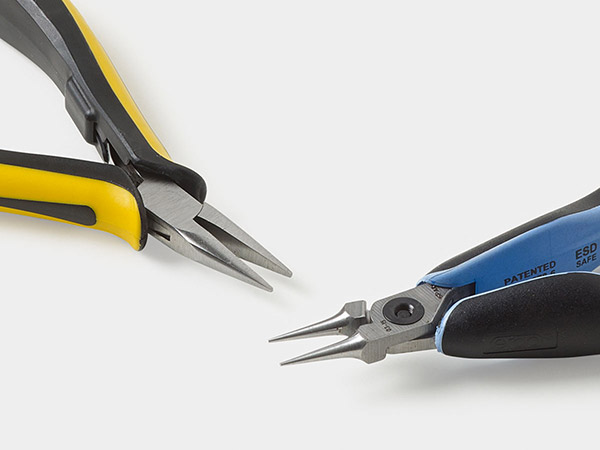Fungi In Fashion
Mushrooms are moving out of the forest and into your jewelry box. Growing in popularity for more than their alien-like appearance and eye-catching variety, the wonderful world of fungi is whimsical, funky and essential to a sustainable future. Read on to discover how to bring their unique appeal to your jewelry creations.
Foraging for a Mushroom Muse
We all know the distinct stalk-and-cap mushroom shape, seemingly perfect for a fairy seat or insect house. Fly agaric (Amanita muscaria) is arguably the most popular and recognizable mushroom species with this form. Its bright red cap with adorable white spots has inspired everything from trippy-hippie art and whimsical cottage-core creations to iconic video game characters and fantasy worlds. Any color combination in this quintessential configuration instantly reads as "mushroom."
While famous fungi like the fly agaric may be the most recognizable, that doesn’t mean they are the only forest from which to forage mushroom inspiration.
The mottled jewelry set pictured in the header of this article is inspired by the organic tones and ruffled pattern of the turkey tail mushroom (Trametes versicolor), a species known to grow horizontally off the bark of trees.
There are many lesser-known mushroom species that can inspire amazing jewelry. The coral tooth (Hericium coralloides) has milky white blooms that resemble soft, snowy branches. Consider the orange peel mushroom (Aleuria aurantia) with its warm, vibrant folds or the bridal veil stinkhorn (Phallus indusiatus) that extends a lace-like net. Foxfire (Panellus pusillu) is an exciting option that lights up the dark wood with glowing bioluminescence.
There are over 148,000 known species of mushroom in the world, all with their own unusual and other-worldly shapes, patterns and structures. As you continue to dig for inspiration, you're sure to find the right few to form your fungi-fashion masterpieces.
Capping off Your Jewelry Collections
Bring your mushroom muse into your designs with a mix of materials. For a more high-fashion and less literal approach, play with the patterns and colors seen in your favorite species.
Polymer clay is a top choice for fungi fashion because it can easily be molded into a variety of shapes. Try creating mini mushroom landscapes in terrarium components or adding free-form pieces to necklaces and earrings. Easily incorporate mushroom-shaped beads for instant appeal. Play with wire to bring your designs into the fungi kingdom.
The "Wood Wide Web"
There is more to mushrooms than aesthetics. As Earth's natural recycling centers, fungi have long been a symbol for connectivity, rebirth and the underworld. This symbolism is largely due to the magic of mycelium. Mycelium is the underground network of fungal threads that connects every living plant. As it grows, it organizes the exchange of nutrients, breaks down decaying matter and works to regenerate the earth.
Beyond the complicated function of this fungal grid, mycelium is being used in the fashion-realm as an eco-friendly alternative to leather and petroleum-based plastics. These innovative mushroom materials have even caught the eye of big names, like Adidas, the first mushroom-based "leather" shoe, in April of 2021.
Have a question regarding this project? Email Customer Service.
Copyright Permissions
All works of authorship (articles, videos, tutorials and other creative works) are from the Fire Mountain Gems and Beads® Collection, and permission to copy is granted for non-commercial educational purposes only. All other reproduction requires written permission. For more information, please email copyrightpermission@firemtn.com.









